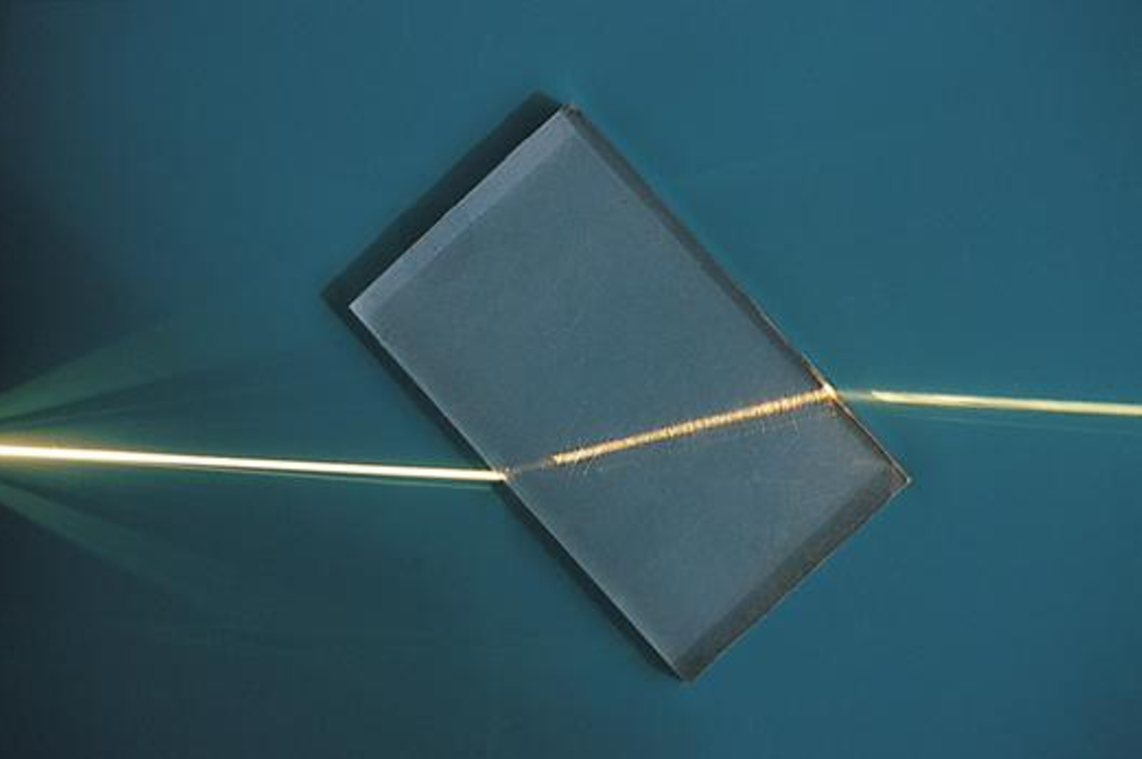
Published 2018-09-24
Keywords
- L. Lorenz,
- H. A. Lorentz,
- optical refraction,
- Clausius-Mossotti formula,
- molecular refractivity
How to Cite
Abstract
Among the many eponymous formulae and laws met in textbooks in physics and chemistry, the Lorenz-Lorentz formula merits attention from a historical point of view. The somewhat curious name of this formula, which relates the refractive index of a substance to its density, reflects its dual origin in two areas of nineteenth-century physics, namely optics and electromagnetism. Although usually dated to 1880, the formula was first established in 1869 by L. V. Lorenz (optics) and subsequently in 1878 by H. A. Lorentz (electromagnetism). Apart from discussing the origin and priority of the Lorenz-Lorentz formula the paper outlines its early use in molecular physics and physical chemistry. During the late nineteenth century studies of molecular refractivity based on the formula proved important in a number of ways. For example, they led to estimates of the size of molecules and provided information about the structure of chemical compounds.





